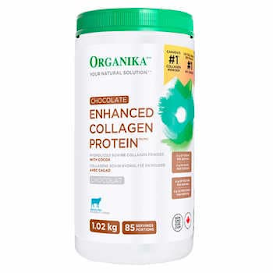How About A Superfood With The Health Benefits Of Bee Pollen, Honey, And Propolis?
Bee pollen is the creation of a dominant pollinator, the honey bee. Forager honey bees gather bee pollen from flowers and then store it to satisfy the beehives’ key nutritional requirements. After the bees return to their colony with the pollen, the pollen turns into colony food. However, bee pollen could have additional compounds, including bee wax, enzymes, nectar, and honey.
Its nourishing therapeutic traits and revitalizing effect are why several early civilizations have been using it. It became popular as a superfood during the1970s to 80s as a part of sports nutrition. Several Olympic sportspersons believed that it boosted their performance.
Bee pollen - Nutritional properties
Bee pollen has all the essential amino acids in sufficient proportions. The average protein amount in a bee pollen granule varies from 20 to 35 percent.
Bee pollen has approximately every B vitamin except b12
Bee pollen haslecithin and rutin.
Lecithin promotes cognitive health, while rutin is an anti-inflammatory, antioxidant, andantihistamine which promotes the vascular system.
Moreover, it has an abundance of several enzymes and coenzymes and makes adigestive aid.
Finally, it has phytosterols, with possible influences that resemble hormones.
A bee colony has more than just bee pollen
A bee colony is a collection of beehives. Some 60,000 bees can make up a beehive. About 70 kg of honey forms in a beehive in one year. However, a beehive often makes a lot of surplus honey besides what it needs. Thus, professionals can harvest quite an amount without affecting a colony.
Colonies now have contemporary beehives, which are wood boxes. Each box has some 8 or 10 wood frames. Frames have a thin wax sheet, giving bees a foundation to create honeycombs.
Harvesters remove caps from surplus combs and spin them inside in a centrifuge to squeeze the honey from the combs.
Within a frame, propolis is present down the length of the edges of combs. The bees manufacture propolis as a glue to secure their hive with wax, their saliva, and tree resin. Propolis is also very nutritious.
Processing destroys honey
Due to its sticky nature, raw honey requires heating or pasteurizing to be thinner. This method destroys the beneficial enzymes, degrades thenutrients, and removes the pollen.
Raw honey is the most nutritious honey
Pure honey available in supermarkets is highly processed and pasteurized. Organic honey is not necessarily free of processing and filtering, and pasteurizing.Raw honeyis unprocessed honey that is strained. It has all the health properties of honey.
An excellent superfood featuring bee pollen, honey, and propolis
Beekeeper's Naturals B.Powered Superfood Honeyisn’t merely honey. It’s a distinctive combination of Bee Propolis, Bee Pollen, Raw Honey, and Royal Jelly.
Naturals B.Powered Superfood Honey helps increase energy, promote a healthy immune system, promote healthy and positive thinking, and promote general health. It is available in the natural health store vitasave.ca.
An excellent topical benefit of thisb powered superfood honeyis that of a refreshing facial mask.



Comments
Post a Comment